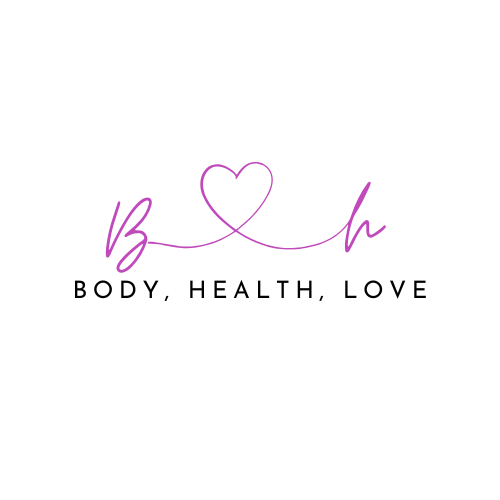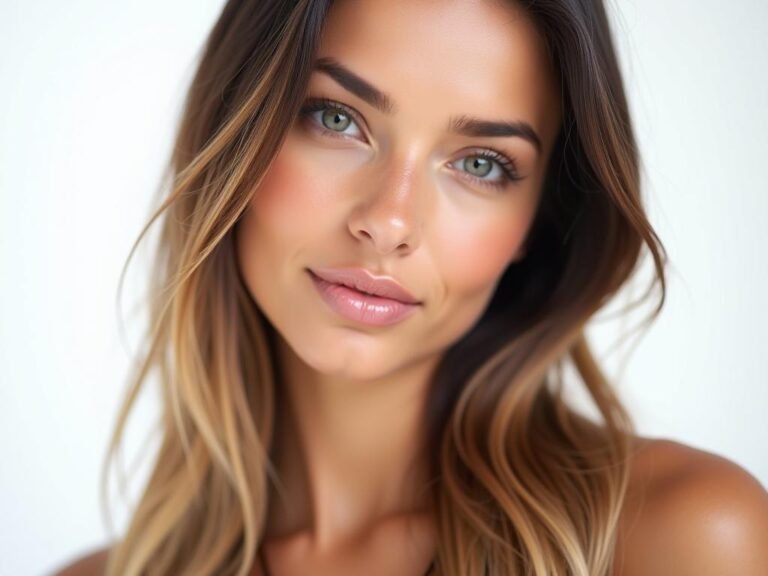Your hair care routine needs three essential product categories to achieve healthy, manageable locks. Start with cleansing and conditioning basics, including a quality shampoo and conditioner matched to your hair type, plus deep treatments for extra nourishment. Next, add styling products that provide the right level of hold – from light creams to stronger gels – depending on your desired look. Finally, invest in protective tools like gentle brushes, silk accessories, and heat protectors to maintain your style between washes. Understanding these fundamental categories will help you build the perfect customized routine for your specific hair needs.
Key Takeaways
- Cleansing and conditioning products form the essential foundation, with shampoo and conditioner being must-haves for basic hair maintenance.
- Styling products like creams, mousses, and gels provide varying hold levels to achieve desired looks and maintain hairstyles throughout the day.
- Hair protection products, including leave-in treatments and heat protectants, safeguard hair from damage and environmental stressors.
- Deep conditioning treatments and masks serve as intensive care solutions for regular hair health maintenance and repair.
- Finishing products such as hairsprays and shine serums complete styling routines and help maintain desired looks longer.
Essential Hair Care Must-Haves

Three fundamental hair care products form the foundation of any effective hair care routine: shampoo, conditioner, and leave-in treatments.
When it comes to product selection, you’ll find shampoos dominating the market with nearly 30% of industry revenue, while conditioners follow at around 25%. Your hair health depends on choosing the right combination for your specific needs.
You’ll want to start by identifying your hair type and concerns before diving into the vast array of options available. Natural brands like Mielle Organics products cater to diverse hair textures and needs. Whether you’re dealing with dry, damaged, or normal hair, there’s a specialized product waiting for you.
For the best results, pair your daily cleansing routine with deep conditioning treatments, and don’t forget to protect your strands from heat damage with appropriate protective products.
Styling and Hold Options

When it comes to styling and hold options, four main categories of products dominate the market: light hold, medium-to-strong hold, finishing products, and specialized formulations.
If you’re looking for a natural look, light hold products like hair creams and styling powders will give you subtle control without weighing down your hair. Mousses are excellent for adding volume and definition while maintaining a lightweight feel. Additionally, products that incorporate humectants like glycerin can help maintain moisture and reduce frizz.
For those needing more staying power, medium-to-strong hold options such as pastes, clays, and gels offer greater control and lasting definition throughout the day.
You’ll find that finishing products like hairsprays lock your style in place, while specialized products address specific concerns like frizz or curls.
Whether you’re aiming for beachy waves with sea salt spray or a polished look with pomade, there’s a perfect product combination for your desired style.
Tools and Daily Accessories

Essential hair tools and accessories play an important role in your daily hair care routine. From scalp treatments using specialized brushes to heat styling tools that protect your strands, you’ll find options for every hair type and concern.
Using a scalp massage brush during shampoo application helps stimulate blood flow and enhance hair growth. Your journey to healthier hair starts with gentle detangling tools like wide-tooth combs and the innovative Tangle Teezer, which help prevent breakage during wet styling. Investing in professional hair tools can elevate your at-home styling experience significantly.
For hair preservation, you’ll want to invest in protective accessories that work while you sleep. A silk pillowcase and scrunchies can greatly reduce friction and frizz, while a quality shower cap keeps your style intact between washes.
When it comes to styling, tools like the Denman brush and ceramic heating tools offer precise control without compromising your hair’s health, making your daily routine both effective and strand-friendly.
Frequently Asked Questions
How Often Should I Replace My Hair Care Products Before They Expire?
You’ll want to check expiration dates and product shelf life regularly, replacing opened products every 12-24 months, or sooner if you notice changes in smell, texture, or effectiveness.
Can I Mix Different Hair Product Brands in My Daily Routine?
You can mix different hair product brands, but consider brand compatibility when layering products. Start with basics like shampoo and conditioner from the same line for best results.
What’s the Best Way to Store Hair Products to Maintain Effectiveness?
Want your hair products to last longer? Keep them in cool, dry places away from direct sunlight, using airtight storage containers. Don’t store in bathrooms where temperature fluctuations and humidity affect product effectiveness.
Should I Adjust My Hair Care Routine Based on Seasonal Changes?
You’ll need to adapt your routine with seasonal ingredients as weather affects your hair differently. Make hair type adjustments throughout the year, focusing on moisture in winter and frizz control in summer.
How Do Medications Affect Which Hair Products I Should Use?
Is your medicine cabinet affecting your hair’s health? You’ll need gentler products based on medication interactions and hair type considerations. Choose sulfate-free shampoos and moisturizing treatments for medication-stressed strands.
Conclusion
You’ve now got the building blocks for a complete hair care routine that’ll serve you well. While the beauty industry often claims you need dozens of products, these three core categories – cleansing essentials, styling aids, and quality tools – are truly all you need for healthy, manageable hair. Try simplifying your routine to focus on these fundamentals, and you’ll likely find that less really can be more.




